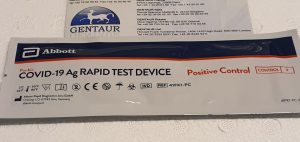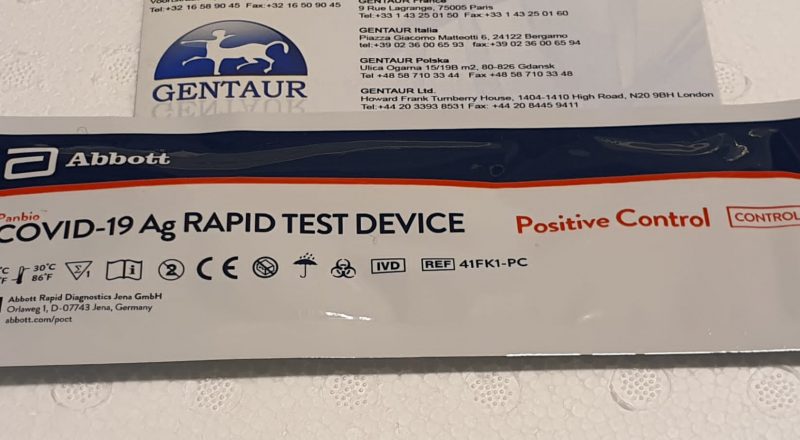Stress negatively impacts the well-being and the standard of lifetime of the society. Particularly within the educational context, it’s related to investigate its ranges attributable to its affect on efficiency and studying. There are elements that have an effect on the mentioned stress together with, amongst others, self-efficacy, and emotional intelligence. The aim of this research is to investigate how emotional intelligence and perceived self-efficacy have an effect on scholar stress.
With a purpose to present this affect, two complementary methodologies are applied: the structural equation fashions (SEMs) and the comparative qualitative evaluation (QCA). A complete of 477 college students from a personal College of Valencia participated within the research, with ages starting from 18 to 53 years previous. The evaluation devices used have been as follows: Emotional Intelligence Scale to measure emotional intelligence; Basic Self-Efficacy Scale (GSS) to measure self-efficacy; and Perceived Stress Scale (PSS) to measure stress. The ends in the SEM endorse the hypotheses that emotional readability and self-efficacy are negatively associated to emphasize and positively associated to emotional consideration (EA), explaining 25% of the variance.
The QCA outcomes present that not one of the variables is a mandatory situation for inducing stress. Nonetheless, completely different mixtures of those variables are ample situations to clarify 35% of the excessive stress ranges. A very powerful mixture over excessive stress ranges appears to be the interplay between excessive ranges of EA and low ranges of self-efficacy. Concerning the low ranges of perceived stress, there are ample situations to clarify 50% of them. Primarily, an important interplay is between low ranges of self-efficacy and low ranges of EA. The comparability of each methodologies allows the broadening of latest horizons on the methodological degree relevant to completely different contexts.
No Extra Tears: Mining Sequencing Knowledge for Novel Bt Cry Toxins with CryProcessor.
Bacillus thuringiensis (Bt) is a pure pathogen of bugs and another teams of invertebrates that produces three-domain Cry (3d-Cry) toxins, that are extremely host-specific pesticidal proteins. These proteins signify essentially the most generally used bioinsecticides on this planet and are used for business functions available on the market of pesticides, being convergent with the paradigm of sustainable development and ecological improvement.
Rising resistance to identified toxins in pests stresses the necessity to develop the checklist of identified toxins to broaden the horizons of insecticidal approaches. For this objective, we have now elaborated a quick and user-friendly instrument referred to as CryProcessor, which permits productive and exact mining of 3d-Cry toxins. The one current instrument for mining Cry toxins, referred to as a BtToxin_scanner, has important limitations comparable to restricted question dimension, lack of accuracy and an outdated database. With a purpose to discover a correct resolution to those issues, we have now developed a sturdy pipeline, able to exact 3d-Cry toxin mining. The distinctive characteristic of the pipeline is the power to seek for Cry toxins sequences instantly on meeting graphs, offering a possibility to investigate uncooked sequencing information and overcoming the issue of fragmented assemblies.

Furthermore, CryProcessor is ready to predict exactly the area format in arbitrary sequences, permitting the retrieval of sequences of particular domains past the bounds of a restricted variety of toxins introduced in CryGetter. Our algorithm has proven effectivity in all its work modes and outperformed its analogues on massive quantities of knowledge. Right here, we describe its essential options and supply data on its benchmarking towards current analogues. CryProcessor is a novel, quick, handy, open supply, platform-independent, and exact instrument with a console model and elaborated internet interface. Its main deserves might make it potential to hold out huge screening for novel 3d-Cry toxins and acquire sequences of particular domains for additional complete in silico experiments in developing synthetic toxins.
A Comparability of Background Membrane Imaging versus Stream Applied sciences for Subvisible Particle Evaluation of Biologics.
A not too long ago developed high-throughput background membrane imaging (BMI) method, the HORIZON, was assessed for its means to quantify subvisible particles (SVP) generated throughout protein therapeutic improvement. The HORIZON platform technique was optimized and in comparison with three well-characterized SVP counting methods: mild obscuration, micro-flow imaging (MFI), and FlowCam®. A head-to-head comparability was carried out for precision, linearity, SVP focus, and morphological output of BMI in comparison with the opposite three methods utilizing two distinctive enzymes below investigation.
We discovered that dilution necessities for BMI are protein-specific, and membrane protection is the vital instrument parameter to watch for dilution suitability. The precision of BMI ranked equally to all different methods. Evaluation of the identical pattern dilution, run in triplicate, throughout all 4 methods indicated the BMI offers SVP concentrations which might be comparable with the circulate imaging methods. Morphological data from the BMI was usually much less sensible compared with circulate microscopy.
The main downside of the BMI was that the present software program indiscriminately clips massive particles, doubtlessly leading to a misrepresentation of SVP dimension distribution. Regardless of this phenomenon, the focus and dimension information generated corresponds nicely with present circulate imaging methods whereas lowering time, value, and pattern necessities for SVP quantification.


